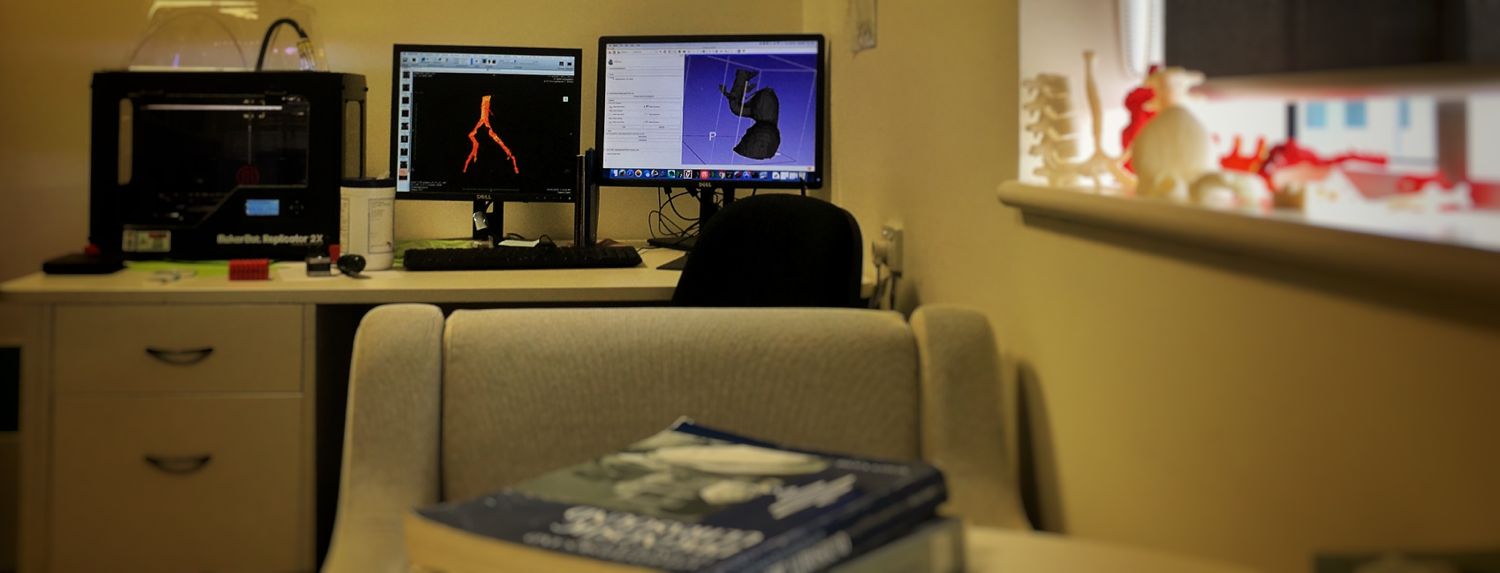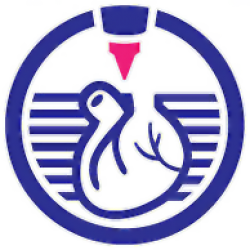It’s been a month since #3dMedAu18, and my goodness it’s been one hell of a ride. Thank you to everyone who made the weekend, especially those of you who made the journey from overseas or interstate. Thank you also to all conference attendees who submitted such positive feedback. After a well earned rest, we’ll be working hard to make #3dMed19 even bigger and better!
In the aftermath of this year’s conference, we’ve managed to inspire the next generation of innovators, and new collaborations have sprouted. Mission accomplished.
Thanks Jen @Enablethefuture, Jason @ozvascdoc, Sarah, Aaron, @3DMedLab delegates. You have inspired Nick @N1cholasG on what is possible with 3D printing to help people. 3dMed will be a springboard to his creativity and the pursuit of future goals. Thank you for sharing.#3dmedau18 pic.twitter.com/500desrGMS
— p vazquez (@vazquezpharmacy) October 18, 2018
For those of you who missed out, here’s a handy recap of the two, very full days. Let’s start with Day 1.
Medical 3D Printing Workshop
Day 1 opened with a hands on anatomical modelling and 3D printing workshop, which took participants through how to turn patient imaging into a physical 3D printed model. Participants were then able to take the model that they made home with them.
Places for this workshop were booked out within an hour of being advertised! Despite being fully booked, we had a large number of drop ins coming by to check out what we were up to. Fear not, we will be running more workshops like this in the future. Watch this space.
A big shout out to Thinglab for collaborating with us to make the workshop possible!
Session: Clinical Applications
Our first session chaired by A/Prof Tracie Barber, was opened with Dr Elizabeth Sigston from Monash Health sharing the progress her team had made on 3D printed titanium mandibular implants for head and neck cancer surgery.
This was followed by Mr Paul D’Urso’s experiences of 680 spine cases at Anatomics.
Dr Hossein Mokhtarzadeh, freshly returned to the University of Melbourne from Boston, took us through the personalised load models that he worked on as part of the Framingham Heart Study to prevent spinal fractures.
Next we were treated to Dr Cynthia Wong of the QUT Biofabrication and Tissue Morphology Group, speaking on the impressive bioprinting advances made by their team.
Amazing presentation on #bioprinting at #3dmedau18 on patient specific scaffolding for tissue regeneration. pic.twitter.com/RWxGwUygMa
— Eric Jong (@JongEric) October 13, 2018
Mr Ron Jithoo from Alfred Health took us through his end user perspective of 3D printed spinal titanium implants.
Finally, the session wrapped up with Dr Raf Ratinam from Monash Health presenting his qualitative survey data on Hand Surgeons’ attitudes towards 3D printing.
Special thanks to Cynthia for making the trip down to Melbourne to share her lab’s work!
Session: Med Tech Industry
Our second session opened with Dr Tim Hughes showing off his very cool biocompatible elastic photocurable resins produced by his team at CSIRO. We’ve got to get our hands on some of that resin, Tim!
Next up, Dr Darpan Shidid gave us an insight into RMIT’s successes with 3D printed medical implants, as well as a drool worthy sneak peak into their facilities!
Dr Carmine Onofrillo from St Vincent’s Melbourne’s BioFab3D Lab described the progress their group had made with the much celebrated BioPen.
We were introduced to our international speaker Jen Owen from Enabling the Future, and treated to an insider’s view on how the global movement started.
Finally, Dr Blake Cochran (and his radiologically accurate sidekick!) took us through the highs and lows of creating a 3D printing filament for X-ray and CT phantoms.
Session: Engaging Patients and the Community
This session opened up with our patient representative Roger Jones sharing his experience on his 3D printed model which was used by the team to plan his surgery. Thanks for coming Roger!
Next Jen Owen was back for her second talk for the day, sharing how e-NABLE’s story of community powered iterative prosthesis development.
Twitterati Dr Eric Levi enlightened us on the Dos and Don’ts of social media, as well as highlighting its power in reaching out to both patients and new collaborators.
Finally the high energy Day 1 was concluded with our own Dr Jas Coles-Black taking the audience through our experiences in setting up a 3D printing lab in a public hospital.
Stay tuned for our recap of Day 2!

